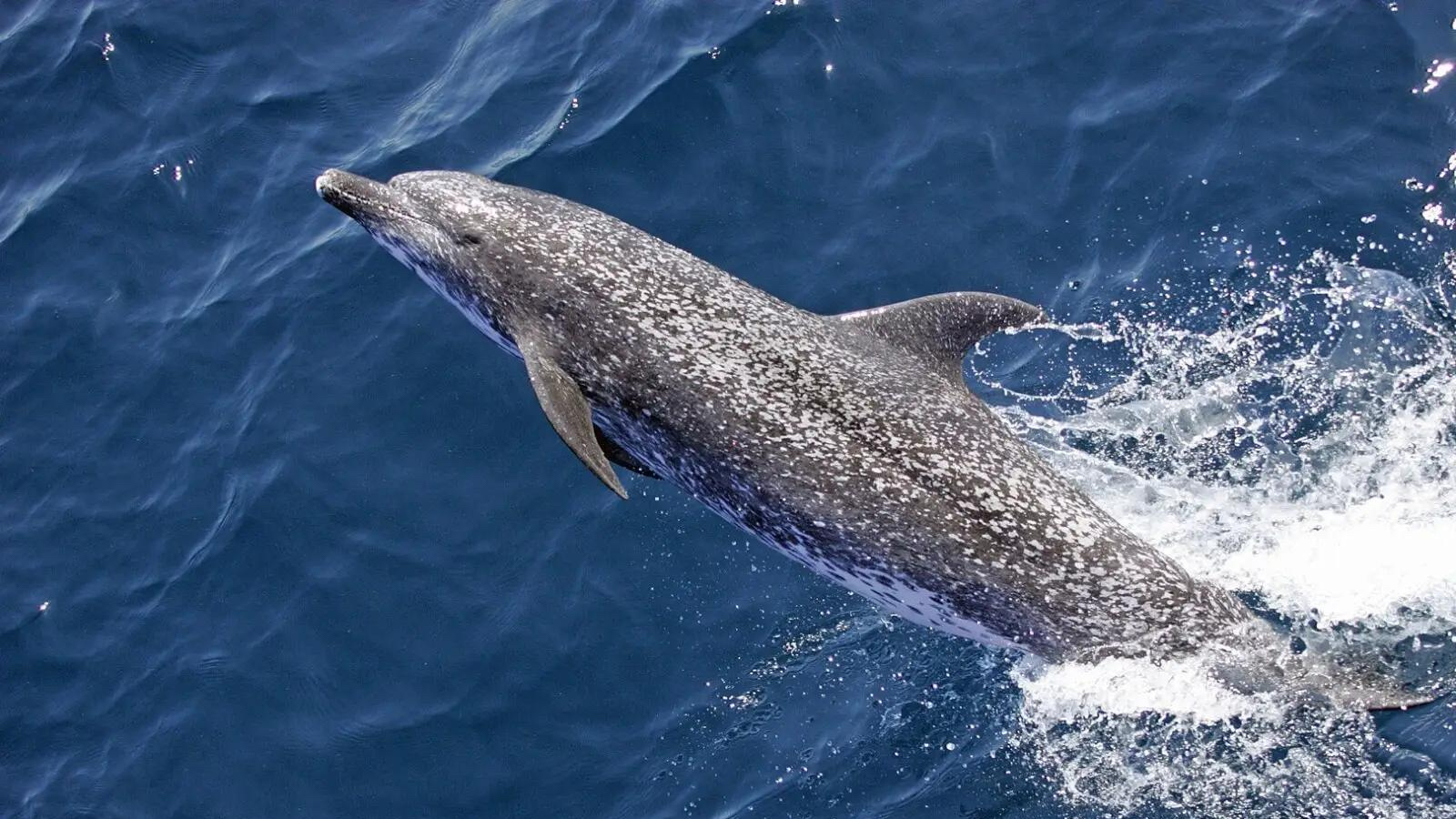
Dolphins of the Gulf of Mexico
Learn about the species you’ll find in the Gulf, common misconceptions about them, and the threats they face
Can you imagine a world filled with more wildlife and wild places? So can we. And we’re working together to make it happen.
Every minute, we’re losing two football fields worth of wild lands, and too many animal species face extinction. It’s up to us to turn things around. We imagine an America with more mountaintops where all we see is forests below, with more rivers that flow wild and free, more shoreline where all we hear are waves. An America with abundant wildlife, from butterflies and bees floating lazily in your backyard, to the howl of a coyote in the distance, to the breach of a whale just visible from the shore. Together, we can work toward this better future.
Learn about the species you’ll find in the Gulf, common misconceptions about them, and the threats they face
Sign the petition
Protecting the intact public forests that remain are the keys to allowing forests to perform their natural role in regulating climate, while protecting communities from wildfires.Ric Bailey, North Cascades Conservation Council
Grassroots climate groups like mine, 350 Eugene, understand that forest defense is climate defense, and we're fierce.Patty Hine, 350 Eugene
We must courageously acknowledge the disappearance of these towering trees, and then turn loss into decision. The old-growth forest is literally just a thought form away. We are the children of the children of the generation who cut the forest down. We can be the generation that chooses to bring it back.Nancy Stranahan, Arc of Appalachia
Anyone spending time in a mature or old-growth forest, looking, listening and breathing its air, knows what science only recently has begun to understand. Old forests are ecosystems made of interdependent networks of organisms: trees, fungi, and entire food chains of microorganisms. They nurture and protect a universe of life, up to and including mammals that live there.Lea Sloan
“As we are increasingly confronted with the twin threats of climate change and the biodiversity crisis, defending mature and old-growth forests is more important than ever. These trees provide critical habitat for wildlife, keep water clean and cold, are resilient to wildfire, and are at the core of cultural values.”Jeremy Austin, Central Oregon LandWatch
Rule to protect “special areas” in the Western Arctic Reserve will preserve caribou, polar bear and bird habitat for generations to come
The waters off Oregon's central coast conceal one of the most biodiverse ecosystems in the Pacific and on April 30th in downtown Portland, you can learn about it.
Ocean scientists and decisionmakers just confirmed that we're experiencing a global coral bleaching event - the second in the past ten years.
San Gabriel and Berryessa Snow National Monuments both poised to provide more habitat
